A 2023 Budget Breakdown: The Cost of Travel in Bolivia
Bolivia is the second wonderful country we visited during our month-long trip to South America. It absolutely surprised us.
This landlocked country is so undervalued.
In Bolivia, you can see a variety of landscapes, from the Amazon rainforest and the glassy smooth Lake Titicaca to the towering Andes and the Atacama Desert in the other world. Speaking of another world: you can’t forget the Uyuni Salt Field, which is indeed one of the most incredible scenery in our whole journey. Our biggest discovery in Bolivia may be that you can spend several months in this country, but there are still many things to explore.
After leaving Peru by coach, my husband and I arrived at the first stop. Copacabana, on the bank of Lake Titicaca. From there, we spent two weeks venturing across the country, and then crossed the border into Chile at Portezuelo del Caj ó n. Our weeks in Bolivia were busy and full of action, but it was very worthwhile.
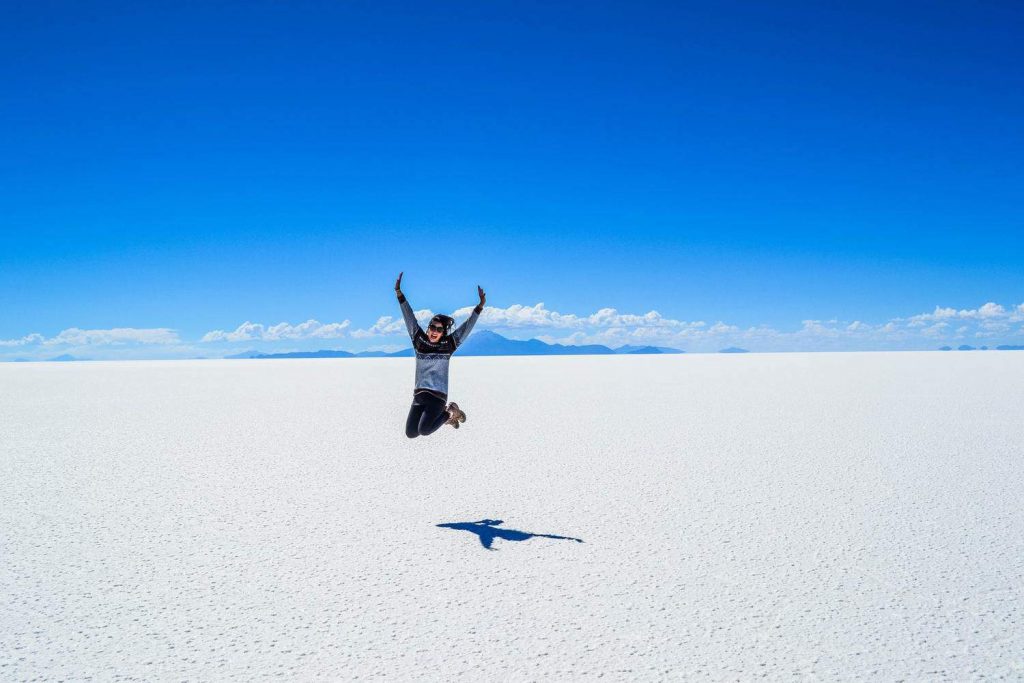
So, what are our highlights?
I personally like to see the natural habitat of animals, so the Amazon River is absolutely necessary for us. Speaking of this, it does take up five nights of our trip, so if your time is short, you may want to choose a smaller version. Walking through the Amazon rainforest and crossing the Pampas Grassland by boat are experiences I will never forget, and not all positive reasons. Here are more about this problem.
When we didn’t pay attention to animals, we went from the cold Sun Island to the bustling La Paz. When we finished our trip in this country, we checked the beautiful Sucre and the incredible Uyuni. Is La Paz the busiest place on earth? This is, of course, one of the most chaotic cities I have ever visited
In Bolivia, like our entire journey in South America, we entered by land and have been traveling in this way except for the faltering flights into the Amazon.
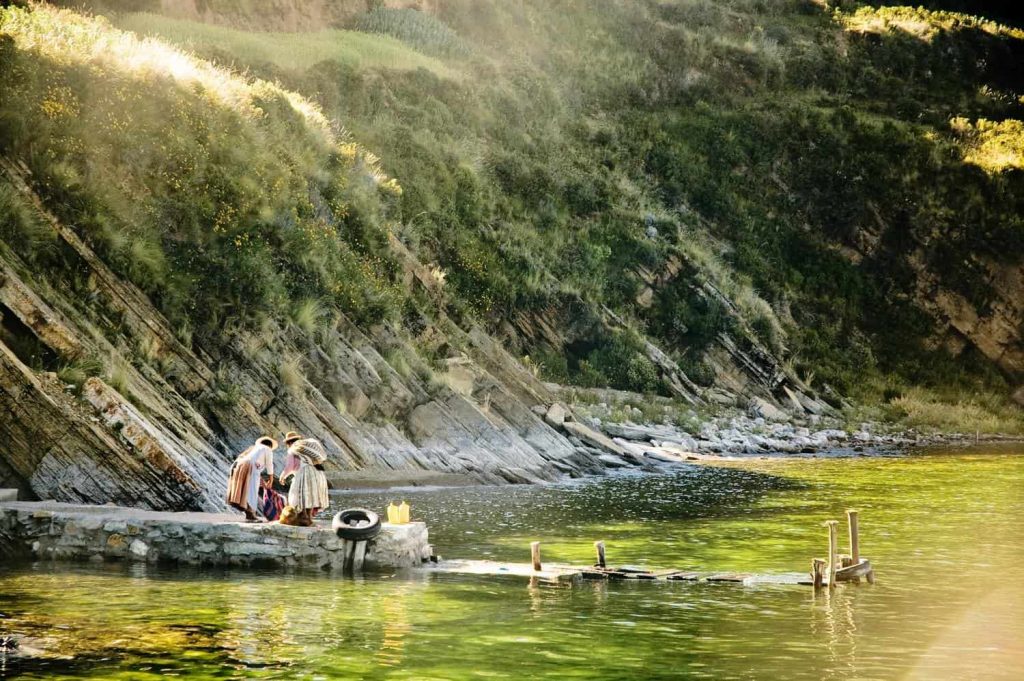
So, how much are all these expenses?
After all, this is a breakdown of how much I spent on my trip in Bolivia.
In Bolivia, compared with other countries, we have booked several tour groups, including accommodation, food, guides and activities. We found these packages very valuable, although I admit that they did increase our daily expenses a little.
I suggest knowing the price in the local organization, but also make sure not to be stingy — you still want to use reputable companies (I will give some tips on how to find them in the following article). My husband and I first conducted an online survey to understand our expectations for packaging and price. Once we talk to people face to face, we usually find that there is room for bargaining, which depends on how busy the tour group is. When we don’t participate in the tour, we choose to stay at $25-60 per night, which is enough for us to live in some of the best rated properties in the country.
As I said in the budget details of Chile, I will use the US dollar and local currency as the reference, and choose the US dollar only because the vast majority of readers of my website are from the United States. Bolivia Bolivarian (BOB) is the currency of Bolivia. At the time of writing this article, that is, at the end of 2021, one dollar is equivalent to about seven BOBs.
My husband and I were at sunset in Uyuni Salt Lake: it is almost impossible to visit this place without taking the most epic photos.
Background
Let’s continue to talk about the time we spent in Bolivia. Here is a brief introduction.
Copacabana: 1 night
Sun Island: 2 nights
La Paz: 2 nights
Ruernabak: 1 night
Amazon and Pampas: 4 nights
Sucre: 2 nights
Uyuni: 2 nights
If we have more time, we will go to the garden city of Cochabamba, the cultural center of Santa Cruz and Potosi, one of the highest cities in the world. Another trip
Before I go on: I want to make sure that everything is paid by myself — as usual, this is a post about unpaid and news travel.
Contents included in this article
The following budget details include accommodation, transportation, activities, food and miscellaneous expenses.
In Bolivia, we travel from one place to another by coach, and make reservations through local travel agencies and our hotels. Or, we can go directly to the long-distance bus station and buy tickets there. More information about these trips will be available later.
Our experience in Bolivia is incredible, from walking through the beautiful Sun Island, seeing pink dolphins, to fighting mosquitoes in Madidi National Park. Our money is also well spent.
Read on to learn more about our trip in Bolivia.
Accommodation costs in Bolivia
In most cases, it is easy to find first-class and affordable accommodation in Bolivia. There are many choices from fancy suites to fashionable city hotels. Some places include high-quality breakfast; Other places charge an additional fee of about $4 per person.
Is there a small exception? Amazon. Compared with other parts of the Amazon River (Peru, Brazil…) and other parts of Bolivia, the tourism industry there is not developed, so the accommodation conditions are more simple — but still completely acceptable.
The specific place we live in Bolivia is.
Copacabana. This strange and eye-catching wooden house on the bank of Titicaca Lake is only a stone’s throw away from the market. It can see the splendid scenery on the water and is located on the top of the mountain. Our art suite has a living area, a small kitchen, and colorful mosaic tiles, which are full of charm. We like to lie on the hammock and enjoy the scenery. The price of $58 a night is very valuable for a single room apartment.
Sun Island. After a day’s walk, we came to this quiet hilltop hotel, ready to relax. Our spacious room has two windows, and the view is beautiful. Fashionable wooden furniture, vibrant sheets and first-class breakfast make our life more colorful. Although it is a bit off track, it makes it more special. Oh, and it’s only 24 dollars a night. It’s very cheap.
La Paz. After returning to the big smoke area, we like this fashionable central hiding place very much – we have a good breathing opportunity in the chaotic city (let alone a comfortable place for us to lie down when the altitude is too high). The hotel is clean and modern. The terrace bar and restaurant on the top floor are bright and ventilated. We like our large room, which costs only $31 per night. Located in the witch market and El Rosario region in the main regions, we are in a good position. The staff helped us to reserve room and restaurant tips, while breakfast was only $4 per person.
Rurenabaque. This town provides us with a good night — a transit station before entering Amazon. We don’t often live in places with shared bathrooms, but our choices are limited. This cheap and good hotel only costs $14 a night. We can’t complain. It also includes a breakfast of eggs and tropical fruits. Our simple and comfortable room has mosquito nets and the staff are very friendly. There is an outdoor swimming pool and a good wireless network.
Amazon and Pampas. Although these are two different places, we have booked a tour group covering the whole trip, so I intend to put them together. Our five-day and four-night exploration included a round-trip air ticket from La Paz to Rurenabak by small plane (a little bumpy), two nights in the jungle and two nights in Pampas. Add food, transportation, water and an English-speaking guide (essential). As I said before, at that time, the tourism industry was still in its infancy, and the quality of our accommodation was average. Nevertheless, there are mosquito nets, and the food is also home-cooked, which tastes good. Before you embark on this trip, please sit down and do a survey — this is not for everyone. Although I struggle sometimes, I’m really glad we did it. We are such animal lovers – how can we give up this opportunity?
We pay $500 per person for booking through this ecotourism company. This may sound like a lot, but when you consider everything involved And remember, flights are also included in the cost.
Our eco-hotel in every place is very simple, but considering that we are in the middle of the jungle and Pampas, we can’t complain.
Sucre. This spacious central hostel is $25 a night, has a living area and comfortable bed, and is only five minutes’ walk from the square on May 25th. It is very clean and comfortable. When we arrive earlier than expected, the homeowner is very willing to help us.
Uyuni: Similar to Amazon, we enjoyed a trip to Uyuni, including transportation, accommodation, food and an English-speaking guide. We booked a trip for three days and two nights in this reputable company and paid $180 per person (because we booked it in person, it is cheaper than online). One night was spent in the Salt Hotel — it’s very strange, but when can we do it again? The other night was spent in a simple hotel. There are outdoor hot springs in the hotel. You can relax while looking up at the clear stars. It’s really happy.
The total cost of our stay in Bolivia is $1592. That is, an average of $114 per day, or $57 per person.
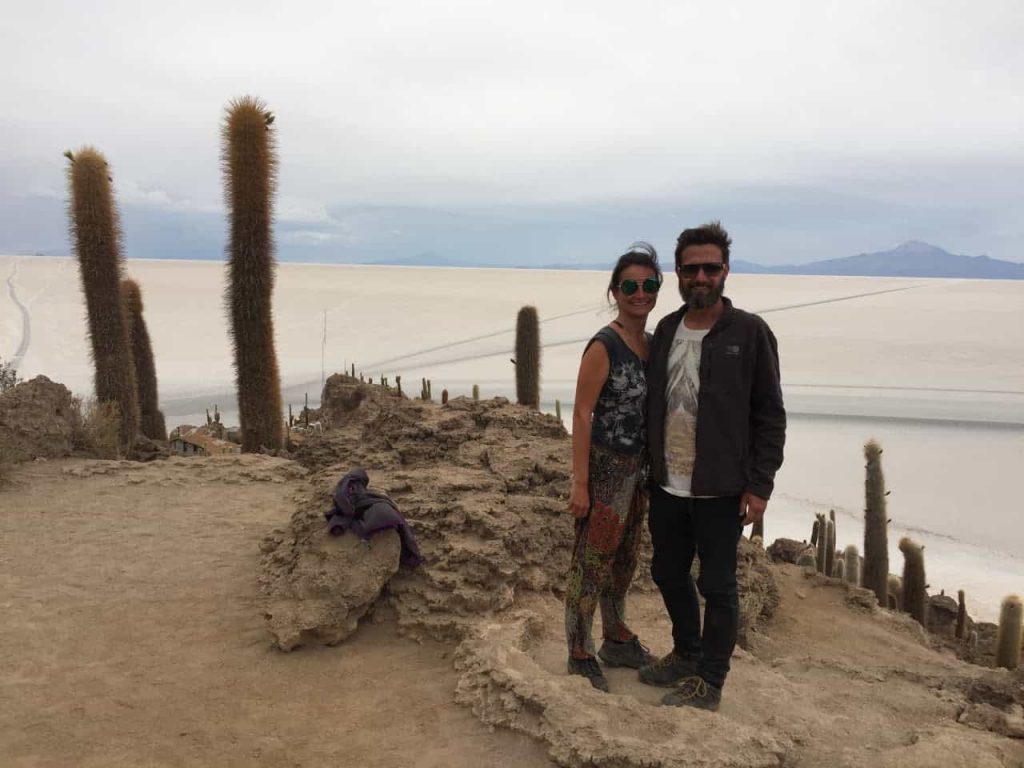
Transportation costs in Bolivia
We mainly use air-conditioned tourist buses to travel around Bolivia. These cars are very comfortable; Some cars have large reclining chairs, televisions and blankets
As I mentioned earlier, we can either book tickets directly at the bus station, or through the local travel agency, or through our hotel. We shop around and find the best deal.
If you have more budget, you can choose to fly between some places. For example, there are flights from La Paz to Sucre, about $80 per person. The only time we choose to fly is between La Paz and Rurenabak. We could have taken the bus, but we didn’t read anything good about this trip, and it took about 18 hours.
Here is a breakdown of our itinerary.
Round trip fare from Copacabana to Sun Island: 56 BOB per person
Bus from Copacabana to La Paz (crossing the Tikina Strait with bamboo raft!). 56 yuan/person
Local bus from La Paz to El Alto Airport. 10 bar per person
Round-trip flight from La Paz to Ruhr é nabak. Included in the above package price.
Long-distance bus from La Paz to Sucre: 126 BOB/person
Bus from Sucre to Uyuni: 70 BOB per person
The total cost of our transportation in Bolivia is 616 bops or 88 dollars. The average is $6.30 per day, or $3.15 per person.
” alt=”” width=”1024″ height=”1024″ data-src=” https://www.neverendingfootsteps.com/wp-content/uploads/2021/07/bolivia-salt-flats-collage-of-dinosaur-and-perspective-1024×1024.jpeg ” data-srcset=” https://www.neverendingfootsteps.com/wp-content/uploads/2021/07/bolivia-salt-flats-collage-of-dinosaur-and-perspective-1024×1024.jpeg 1024w, https://www.neverendingfootsteps.com/wp-content/uploads/2021/07/bolivia-salt-flats-collage-of-dinosaur-and-perspective-450×450.jpeg 450w, https://www.neverendingfootsteps.com/wp-content/uploads/2021/07/bolivia-salt-flats-collage-of-dinosaur-and-perspective-150×150.jpeg 150w, https://www.neverendingfootsteps.com/wp-content/uploads/2021/07/bolivia-salt-flats-collage-of-dinosaur-and-perspective-768×768.jpeg 768w, https://www.neverendingfootsteps.com/wp-content/uploads/2021/07/bolivia-salt-flats-collage-of-dinosaur-and-perspective-70×70.jpeg 70w, https://www.neverendingfootsteps.com/wp-content/uploads/2021/07/bolivia-salt-flats-collage-of-dinosaur-and-perspective-335×335.jpeg 335w, ht
Activities and ticket fees in Bolivia
Jaguars and pythons are two activities we participated in in Bolivia. In addition to seeing other amazing animals and reptiles, such as the caiman crocodile and the capybara, we also walked in the city with a long history and rich characteristics, and spent some time in one of the most amazing natural wonders – the Uyuni Salt Beach.
Here is an introduction to you.
La Paz Mi Telef é rico cable car: 7 yuan/person round trip. Enjoy the spectacular view of this crowded city from the air. Please pay attention to the cemetery.
Amazon two-night tour: The price has been included in the accommodation part – we booked it through Mashaquile Ecohotel. After taking a boat along the Beni River and Tuiqi River, we arrived at the excavation site in the jungle of Madidi National Park, and the adventure began. From the hiking of monkeys swinging overhead in the daytime to the dark walking in the evening (pay attention to tarantulas), and to seeing the colorful macaws flying on the Kakyawala cliff, we have gained a lot. Unfortunately, we haven’t seen any jaguars There is only one paw print. Now, mosquitoes are a problem, so we must take appropriate clothes and a large amount of insect repellent (although I was still eaten alive).
Pampas two-night tour: The price has been included in the accommodation part, because we booked it through Mashaquile again. Most of the trip was spent cruising in a small boat and shuttling back and forth on the Yakuma River. You should pay attention to the pink dolphins and turtles, and you can’t miss the malevolent caimans. We also like to see toucans and herons. Our python observation trip was not successful because we didn’t see any pythons, but looking back, maybe it wasn’t a bad thing. Mosquitoes are also a problem, but what can you do?
Admission to Madidi National Park: 200 yuan/person. Not included in our travel expenses.
Admission to Pampas del Yacuma in the Reserve: 150 BOB/person. Not included in our travel expenses.
Two-night tour in Uyuni: the price has been included in the accommodation part. Wow, we like the two nights here. When we first arrived, we were told that the wind had stained the salt. We were really disappointed. We don’t have to worry, the scenery here is still spectacular — it’s hard to describe it in words. Salt is everywhere you can see. I always thought it was ice! Our tour guide is meticulous about the photos — as you can see in the above picture, it all depends on the perspective. Don’t miss staying on the flat until sunset. We watched in awe and felt that it could not be better Then it’s all right. The picture does not explain the problem. In the three days we went to the Chilean border, we saw more amazing sights: flamingos, “tree of rocks”, Lake Colorado, Manana Geyser (don’t get too close), Dali Desert and Green Lake.
Inkawasi Island in Uyuni: 30 yuan/person. This is a saline-alkali landscape and cactus place worth visiting.
Admission to Uyuni Salt Field and Eduardo Avaroa National Park: 150 yuan/person. Not included in our travel expenses.
Hot spring, Uyuni: $7 per person. It is warm and lovely, and very clear. We like to have a drink there to relax.
We chose not to participate in some activities that might be of interest, because I was a little afraid, that is, to ride a bicycle on the North Yonggas Road outside La Paz, also known as the Road of Death. You may understand why I don’t like it.
We also fully enjoyed some free activities.
We passed through the Isle del Sol in the south of Tica. We are lucky to have a walk in the most sunny weather. The scenery was quite spectacular, as was the sunset. We drank a glass of Bolivian wine (surprisingly, it was drinkable).
Walk on the outer wall of San Pedro prison in La Paz. I am a little interested in crime and prison — this prison may not be all interested! The prison is in the center of La Paz. This prison is located in the center of the city and is famous for its autonomous society. In the past years, you can spend money to sneak in and visit
Walk in the charming streets of Sucre and the beautiful town of Copacabana designated by UNESCO.
The total cost of our activities in Bolivia (excluding tourism) is 1088 pesos or 155 dollars. This is equivalent to an average of $11 per day, or $5.55 per person.
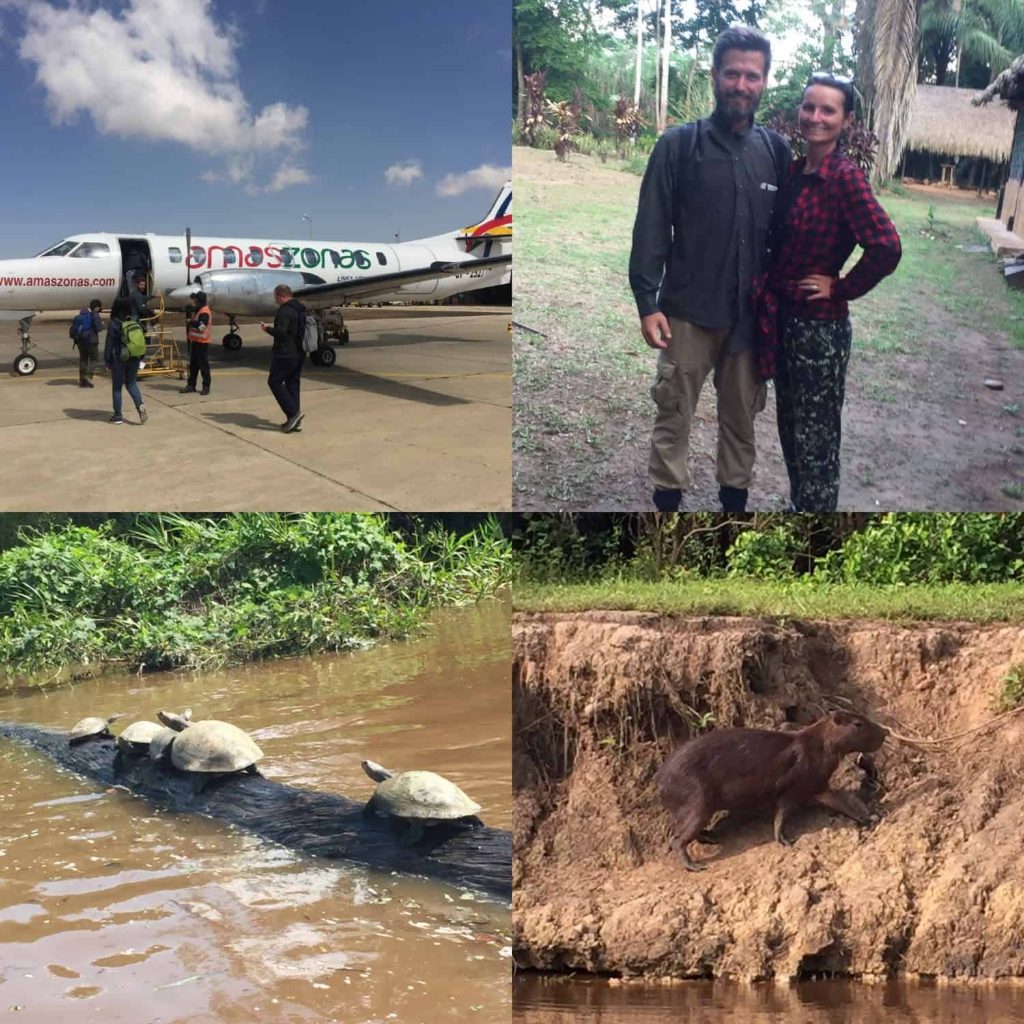
Food costs in Bolivia
One word: choripan. Baked sausage is sandwiched in bread or rolls, with salad and spicy sauce — it’s delicious. We ate these things at the street snack stand, and the average price per person was less than $1.
In addition, we usually eat cheaply and happily at street snack stands and local restaurants, but that doesn’t mean our food is not delicious – on the contrary.
During the six nights of our trip, our food was included, so this reduced the cost. Or, this is just a psychological reason!
Breakfast.
During our trip and in some places where we live, we have included top breakfast to prepare for our day. These breakfasts usually include delicious fruit, fried or scrambled eggs and a bread roll. It tastes good!
Lunch.
And horipan
Saltner. Similar to water spinach, these baked salty cakes are filled with meat and spices, which are very delicious. The price is also very cheap. In the street vendors, each is about $1 or less.
Sandwich de chola. These sandwiches are delicious and nutritious, including roast pork and crispy skin, pickled vegetables and spicy chili sauce. Their price is about $2-3.
Dinner.
Trout. When we stayed in Copacabana, the enthusiastic lady who received us recommended a place to eat by the lake. Along the water side, there is a row of covered stalls, a small kitchen and plastic tables and chairs. Each sells similar things. Someone suggested that we go to No. 12 restaurant. We both enjoyed the delicious roast trout, which was also very cost-effective (both of us were 70 yuan). We also like to have a similar dinner at Inti Jalanta on the top of Sun Island, where we watched the sunset I mentioned earlier.
We always like to eat local specialties. The other popular Bolivian dishes we tried are not suitable for the timid, including Pique Macho (meat/chili sauce with tomatoes, onions, chilies, piled on potato chips) and Tucumana (a more powerful interpretation of Salt ñ as). We usually spend less than $4-5 per person on dinner.
Average daily food costs (excluding travel days). $12.60 per day, or $6.30 per person.
Drinks.
All the way is bottled water, plus local beer. A large glass of water costs us about 7 yuan, while beer costs about 2 dollars a cup.
Average daily beverage costs (excluding travel days). $9 per day, or $4.5 per person.
I like, like, like a good sandwich and spicy food, so I ate chocolate and sandwich de cola in Bolivia.
The total cost of our food and drink in Bolivia (excluding tourism) is 173 dollars. This means an average of $21.6 per day, or $10.8 per person.
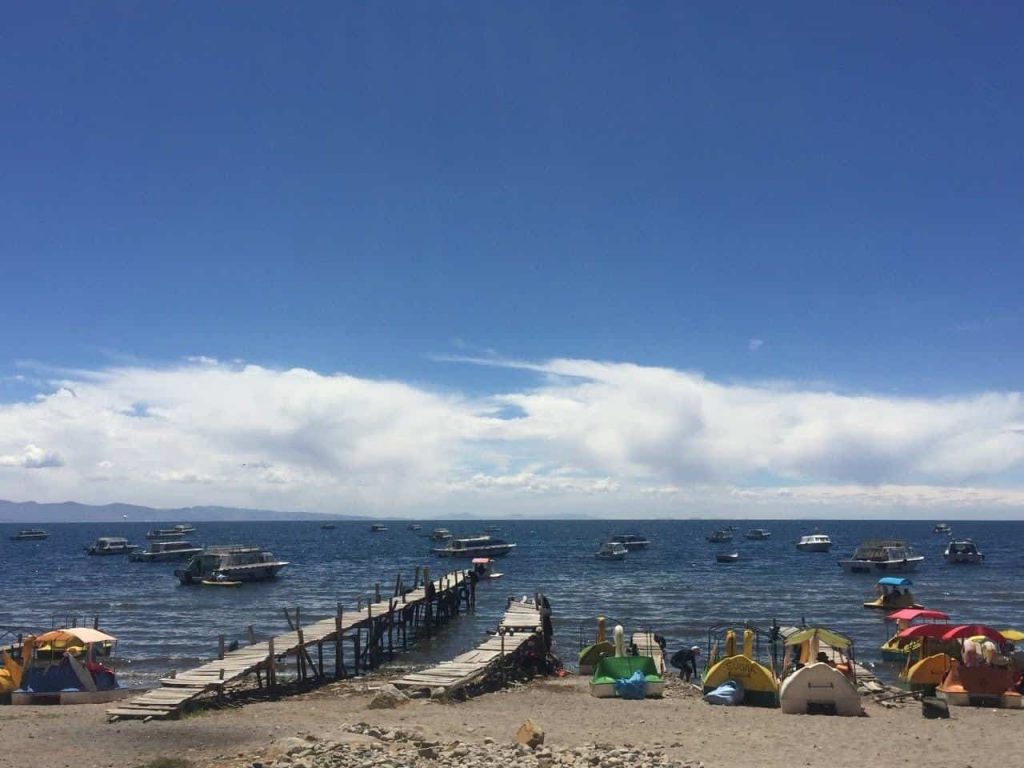
Don’t forget travel insurance!
If you have read any other posts on “Endless Steps”, you will know that I am a person who believes in travel insurance very much. I have seen too many Go Fund Me activities. These backpackers were unexpectedly stranded in foreign countries after a scooter accident/attack/broken leg, and could not go home or pay for medical expenses. These fees will soon leave you with a six-figure bill to pay at the end.
In short, if you can’t afford travel insurance, you can’t afford to travel.
If your flight is cancelled and you need to book a new flight, if your luggage is lost and you need to change your belongings, if you have to be hospitalized due to appendicitis, or if you find that a family member has died and you need to go home immediately, the travel insurance will provide you with protection. If you are seriously ill, your insurance will cover the cost of flying home for treatment.
I use SafetyWing as my travel insurance provider and recommend them to travel to Bolivia. First of all, they are one of the few companies that can really provide insurance for you when you are infected with COVID-19. In addition, they provide worldwide insurance, do not require you to have a return ticket, and even allow you to purchase insurance after leaving home. If you are traveling for a long time, you can pay by month instead of in advance, and you can cancel it at any time. Finally, they are much cheaper than their competitors and have a clear and understandable price structure, which is always appreciated.
With SafetyWing, you only need to pay $1.5 per day for travel insurance.
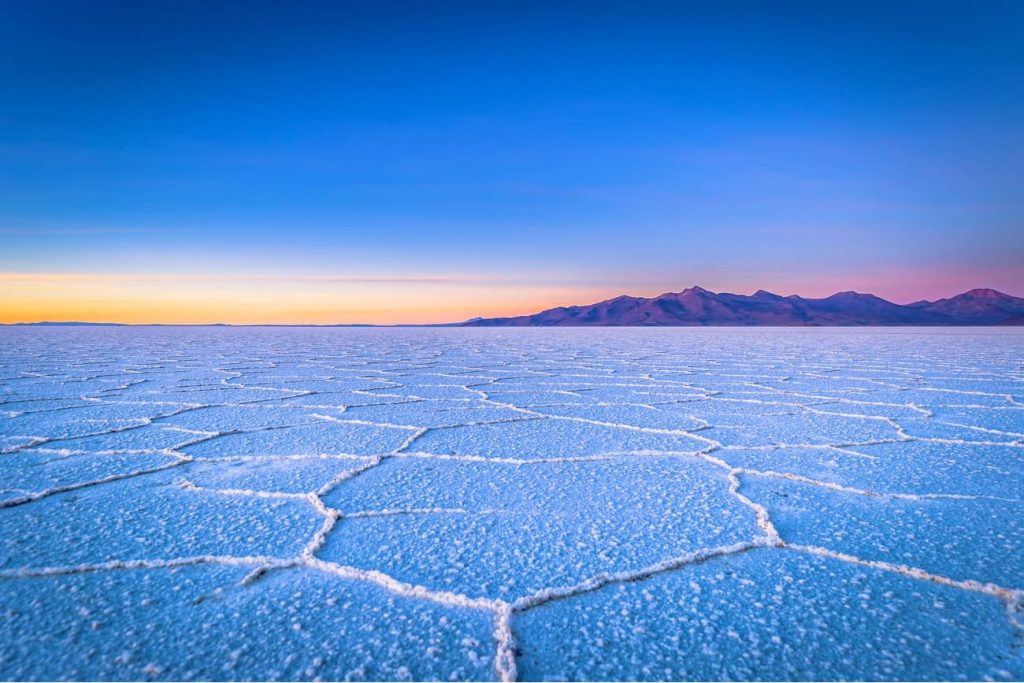
Total cost of tourism in Bolivia
So, how much can you expect to spend on an incredible trip in Bolivia? At the end of these budget breakdowns, I always like to look at my receipts, count my expenses, and tell you how much I spent on my travel adventure.
The cost of my trip to Bolivia.
Accommodation: $57/day
Transportation: $3.15 per day
Activity: $5.55 per day
Food and beverage: $10.80 per day
Miscellaneous: $1.50 per day
Total cost in Bolivia: $78.00 per person per day.
In general, I spent a little more money in Bolivia than in other Latin American countries. However, we did enjoy two quite large tours in this country, so we still think our money is worth it. Bolivia is a one-and-a-half experience, which I highly recommend. Those salt flats — what can I say? The best sunset ever. I have seen many good sunsets over the years.
What’s your opinion? Is Bolivia more expensive or cheaper than you expected?